.@philsimon on the proliferation of "as a service" terms.
Uncategorized

Have you heard the old saying that "Banks only loan money to people who don't need it"? Let's analyze the data and see if that is true!... I'm very much a car-guy, and I love learning about all the new vehicles, and love the new-car feel ... and even the smell. It's hard to not like a
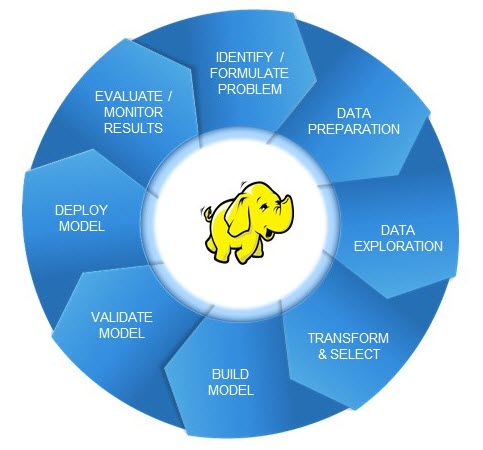
So, you've heard the Hadoop hype and you are looking – or have already invested – into Hadoop. Maybe you have also realized some benefits from the Hadoop ecosystem. But now you want to maximize those benefits by using advanced analytics, or you might have heard about algorithms or machine learning libraries available

Tal vez usted es de los que se preguntan cómo usan su tiempo algunos cargos en las empresas. Normalmente esto ocurre debido al desconocimiento por parte de los equipos sobre el rol de áreas diferentes a las suyas y más aún, cuando son muy especializadas. En esta oportunidad, hablaremos del
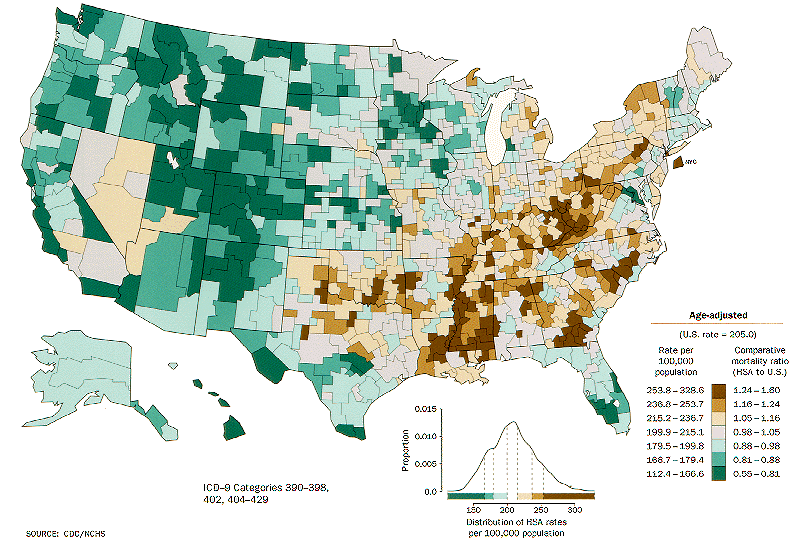
Have you ever looked as a statistical graph that uses bright garish colors and thought, "Why in the world did that guy choose those awful colors?" Don't be "that guy"! Your choice of colors for a graph can make a huge difference in how well your visualization is perceived by

Would you build a house without a proper foundation? Most of us wouldn’t dare, but that’s exactly what many retail businesses are doing today. When building a house, if you don’t get the foundation right, paint, wallpaper and fixtures won’t matter much. It’s no different in the retail industry. Success
A few weeks back I noted that one of the objectives on an inventory process for reference data was data harmonization, which meant determining when two reference sets refer to the same conceptual domain and harmonizing the contents into a conformed standard domain. Conceptually it sounds relatively straightforward, but as
Whether it’s to reduce churn in competitive markets or to elevate customer satisfaction rankings in regulated markets, customer analytics is hot right now in utilities. However, the complexity that utilities have built into their processes and technologies over the past decades makes customer analytics a more challenging issue to tackle
The panel moderator looks out over the audience. It’s a large crowd. For the first time ever, Big Data, Hadoop, and the Internet of Things are appearing on stage together. The conversation has just begun, so let’s listen in for a minute. Big Data: “…and people have been trying to
In the world of IT, very few new technologies emerge that are not built on what came before, combined with a new, emerging need or idea. The history of Hadoop is no exception. To understand how Hadoop came to be, we therefore need to understand what went before Hadoop that led to its creation. To understand
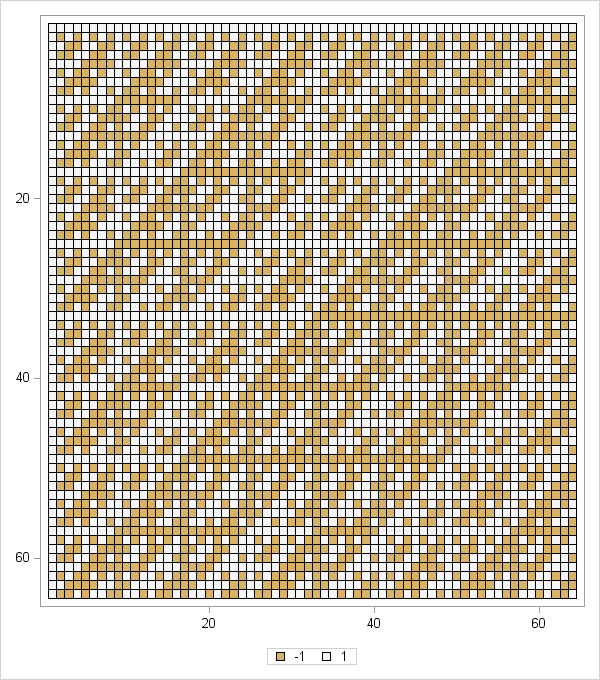
In a previous article I introduced the HEATMAPCONT subroutine in SAS/IML 13.1, which makes it easy to visualize matrices by using heat maps with continuous color ramps. This article introduces a companion subroutine. The HEATMAPDISC subroutine, which also requires SAS/IML 13.1, is designed to visualize matrices that have a small
In guest lectures I give at universities, I often refer to the Harvard Business Review report which states that being a Data Scientist is the sexiest job of the 21st century. Naturally, this always seems to capture the students’ attention, and drives their enthusiasm to sit up and listen carefully.
In guest lectures I give at universities, I often refer to the Harvard Business Review report which states that being a Data Scientist is the sexiest job of the 21st century. Naturally, this always seems to capture the students’ attention, and drives their enthusiasm to sit up and listen carefully.
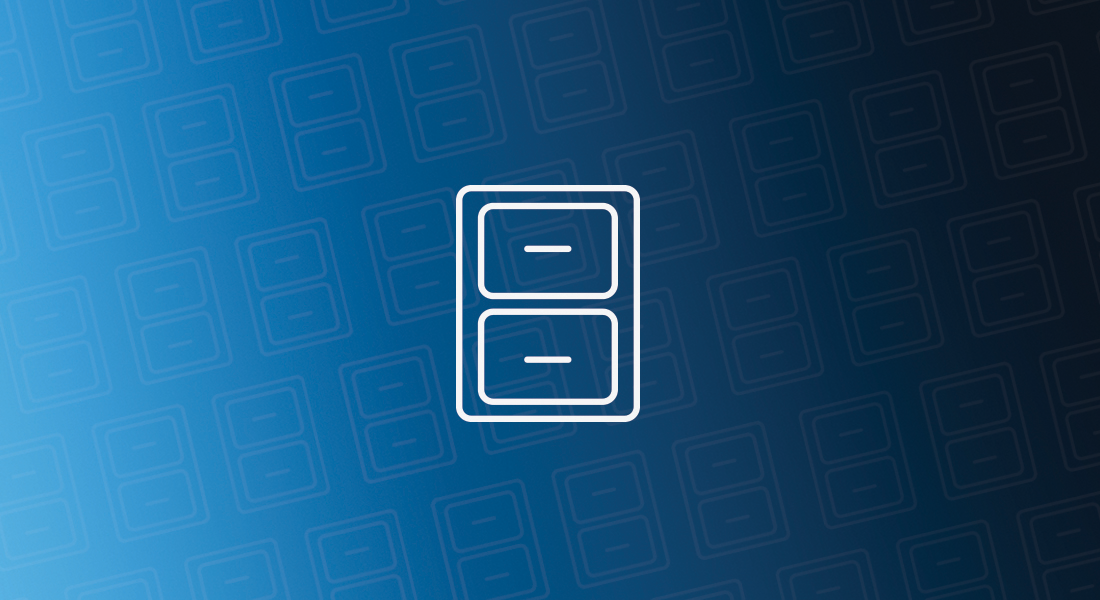
People often talk about the customer experience and the engagement model. This is an easier task when a business has regular interactions with its customers like banks and retailers. However, for insurers, this is a challenge. First of all, insurers have infrequent interactions with their customers. When there is interaction,

It’s a great time to be a sports fan – and an even better time to be a sports and data fan as these two worlds continue to meld together. For the last couple of years nearly every conversation about sports, analytics or both had to have at least one

A student brought in this coding problem after her manager was struggling with this issue for a while. They played guessing games, but to no avail. Here’s what happened when they submitted data step and proc sql code using a WHERE clause with an INPUT function? data aileen; length hcn
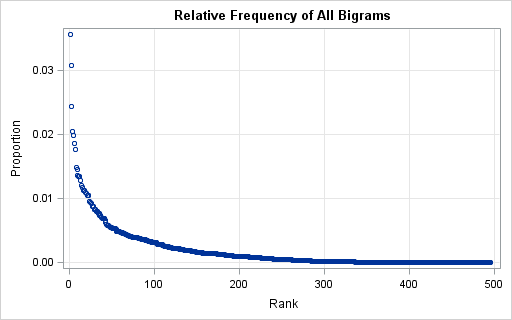
In last week's article about the distribution of letters in an English corpus, I presented research results by Peter Norvig who used Google's digitized library and tabulated the frequency of each letter. Norvig also tabulated the frequency of bigrams, which are pairs of letters that appear consecutively within a word.
A recent news headline read, “Bipartisan committee wants government-subsidized electronic records systems scrutinized for ‘information blocking.’” * The question before the US Senate Appropriations Committee is whether taxpayer-funded EHR software solutions are now preventing the unrestricted exchange of medical records between health care organizations. If this is in fact the case,
.@philsimon on the importance of timing.

As you can tell from my recent posts (see here and here), I've been working with SAS and Microsoft Excel files quite a bit. I'm really enjoying the ability to import an XLSX file in my 64-bit SAS for Windows without any additional setup. After one long afternoon of back-and-forth

The first time I used the Internet it blew my mind. As a diplomat brat, at any point in time everyone I knew was everywhere but where I was. Thanks the miracles of Gopher, Veronica, IRC and email, the tyranny of distance didn’t seem so oppressive any more. When I

While at JSM 2014 in Boston, a statistician asked me whether it was possible to create a "customized bin plot" in SAS. When I asked for more information, she told me that she has a large data set. She wants to visualize the data, but a scatter plot is not

The rumors, flying for many moons now, have turned out to be true. Followed by U2's new album release, Apple announced the launch of the Apple Watch for early 2015. Apple has finally unveiled its first foray into wearable technology. The Apple Watch (yep, not the iWatch), is an Apple
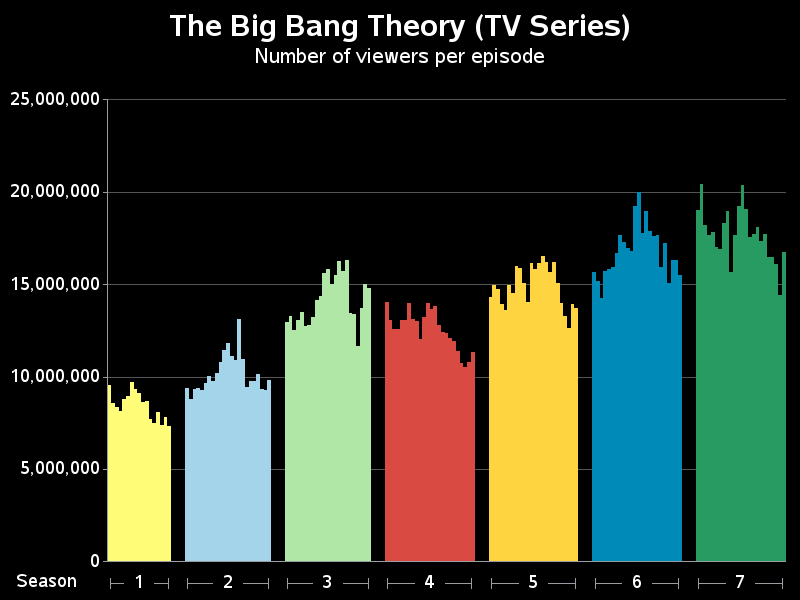
If you're a SAS user, chances are you're a bit of a science/technology/engineering/math nerd -- and also a fan of The Big Bang Theory. Therefore this SAS analysis on The Big Bang Theory should be right up your alley! Yesterday (September 22) was the start of the 8th season for the TV series,
Stress testing is not new to the risk world but has been a major focus since the GFC (Global Financial Crisis). For a number of years now, stress testing has helped analytical specialists quantify various aspects of potential loss. What is new is the introduction of regulatory stress tests which
Asurewin Casino Review TheAsurewin Casino offers several bonuses for new customers. Its largest campaign is TheAsurewin Welcome Bonus, which adds 50% of the first and second deposits to players' balances. This bonus has a cap of $2,000 and is available six times per week. In order to qualify for the

The skewness of a distribution indicates whether a distribution is symmetric or not. A distribution that is symmetric about its mean has zero skewness. In contrast, if the right tail of a unimodal distribution has more mass than the left tail, then the distribution is said to be "right skewed"
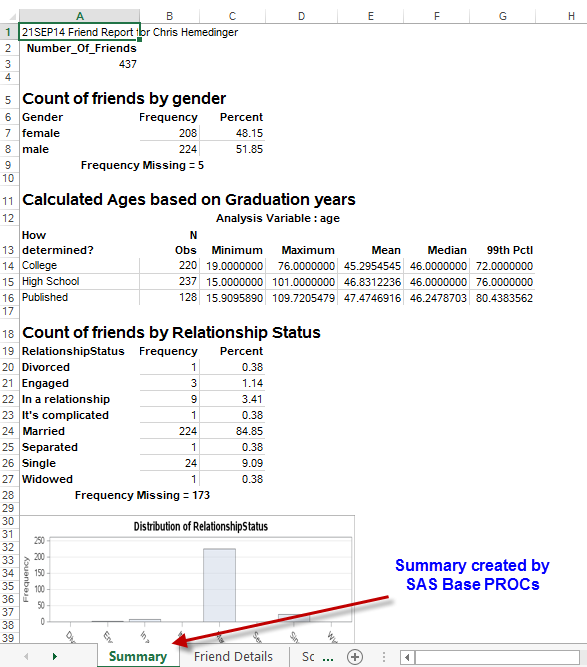
I recently wrote about my foray into the experimental world of ODS EXCEL. Using this new destination in SAS 9.4, I was able to create multisheet workbooks -- containing reports and graphs -- in the XLSX format. I outlined some of the benefits -- such as being part of Base
Las empresas de ventas minoristas han encontrado un nuevo mercado en las redes sociales, de acuerdo al estudio de "Social Media Intelligence" realizado por Adobe, donde se identifica que los ingresos por visita en el último trimestre de 2013 por Tumblr, Pinterest y Twitter aumentaron en más de 100 por
Data migrations are never the most attractive of projects to sponsor. For those who have sponsored them previously, migrations can be seen as a poison chalice. As for the first-timers, data migration initiatives are often perceived as a fairly insignificant part in a far grander production. The challenge with data




















